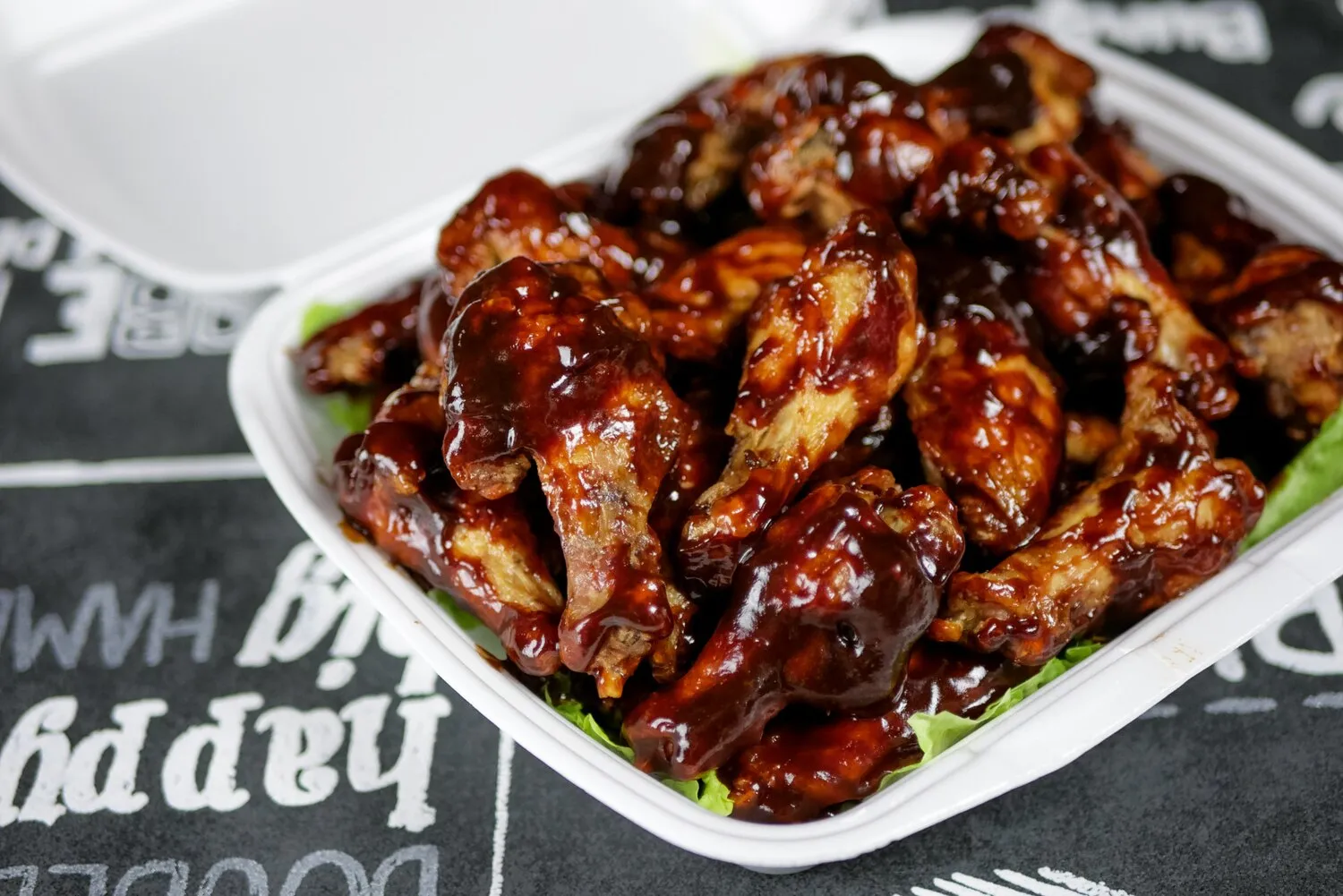
Samosa
Fried or baked pastry with a savory filling, such as spiced potatoes, onions, peas, or lentils.
Nutrition Facts
* The % Daily Value (DV) tells you how much a nutrient in a serving of food contributes to a daily diet. 2,000 calories a day is used for general nutrition advice.
The samosa's origins can be traced back to the Middle East, pre-10th century. Called 'sambusak,' it traveled to India with traders and travelers. Over time, it was adapted to local tastes and ingredients, eventually evolving into the samosa we know today. The Mughal influence also played a significant role in refining the dish.
The samosa is deeply embedded in Indian culture, enjoyed as a popular street food, snack, and celebratory treat.
Street Food Staple
Samosas are ubiquitous in Indian street food culture, sold by vendors on every corner. They represent an affordable and accessible snack for people from all walks of life.
Celebratory Dish
Samosas are frequently served during festivals, weddings, and other celebrations as a popular appetizer or snack. They symbolize hospitality and sharing.
Regional Variations
Different regions of India boast their own unique samosa variations, with varying fillings, shapes, and spice blends. This diversity reflects the regional culinary traditions.
Social Gathering Staple
Samosas are a popular choice for tea time snacks or as appetizers during social gatherings. They are perfect finger food and encourage interaction.
Samosas boast a delightful combination of savory, spicy, and sometimes tangy flavors, balanced by a crispy, flaky exterior.
The primary flavor profile comes from the spiced potato filling, often including ginger, garlic, chili peppers, coriander, and turmeric. Onions add sweetness and depth, while peas provide a subtle sweetness and textural contrast. The spices offer warmth and complexity, creating a multi-layered taste experience. Some variations include meat fillings, which add a richer, savory element. A chutney, often tamarind or mint-coriander, complements the samosa with sweetness, tanginess, and a cooling effect.
Perfect Pastry
The pastry should be thin and crispy. Use cold water and ghee or oil to create a flaky texture. Rest the dough before rolling it out for better elasticity.
Filling Consistency
The filling should be moist but not soggy. Avoid overcooking the potatoes, and ensure excess moisture is evaporated during cooking.
Sealing the Samosa
Properly sealing the samosa is crucial to prevent it from bursting open during frying. Use a flour and water paste to create a strong seal.
Frying Temperature
Maintain a medium-low frying temperature to ensure the samosas cook evenly and turn golden brown. Avoid overcrowding the pan.
Spice Balance
Adjust the spice levels to your preference. Toasting the spices before adding them to the filling enhances their flavor.
Explore additional Appetizers dishes and restaurants
Explore AppetizersDiscover top dining spots and culinary experiences in Klagenfurt.
Explore KlagenfurtLearn more about the food culture, restaurant scene, and culinary heritage of Austria.
Explore Austria